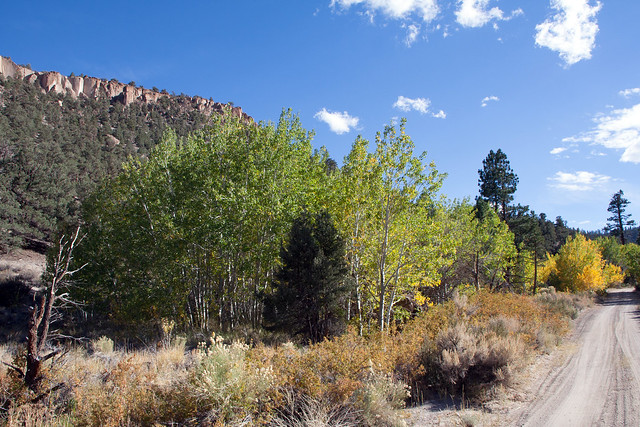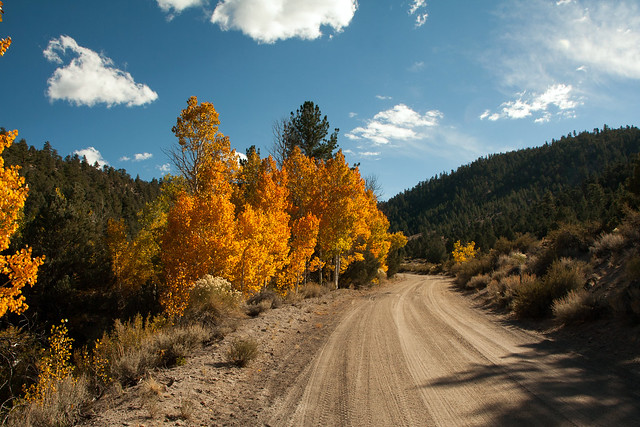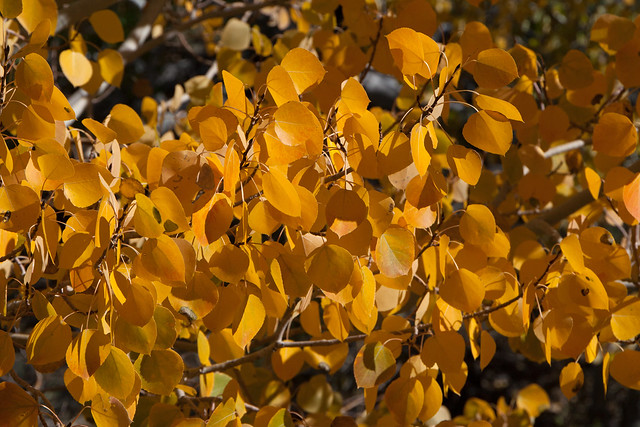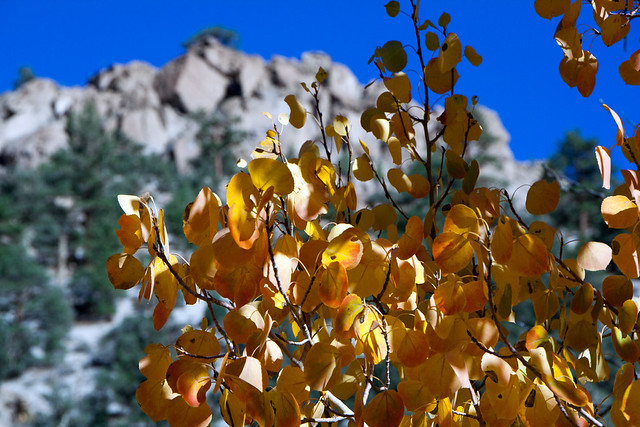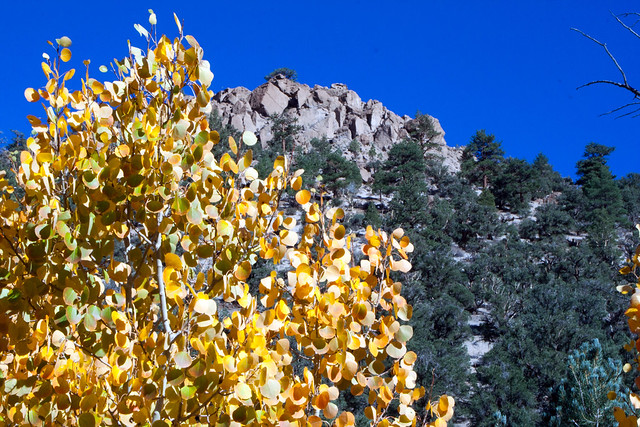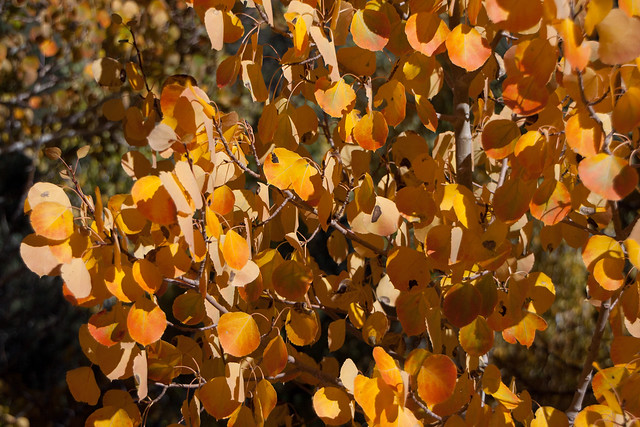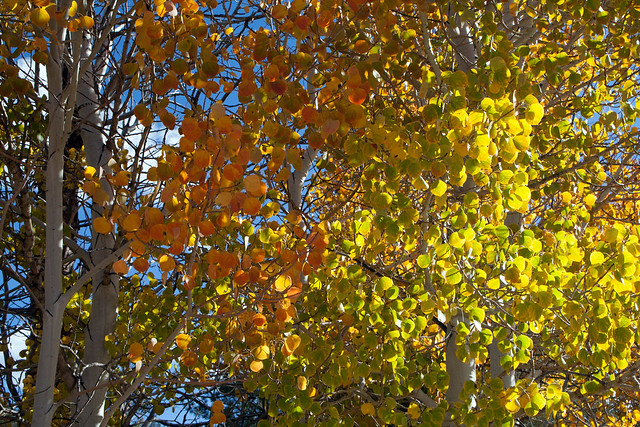I first saw a paper on Dart Frog mating choice being discussed in a blog post
journal club. Molecular Ecology. Might be my favorite topic! F Epigenetics.
The first image in the blog post immediately struck me. It was of an Strawberry Dart Frog,
Oophaga pumilio. Note that this frog used to be in the genus
Dendrobates, most have accepted to the switch to its own genus
Oophaga and I will use that. This one was a deep orange, with minimal small black spots and a nice creamy-white belly. It looked exactly like a small population that occurs on Isle Bastimentos in Panama. But not just on Isla Bastimentos, a population that only occurs on part of the island, a population that I have spent two different trips getting to know. A similar morph also occurs on Isle Solarte, but again is limited in its range on Bastimentos. As you move East and South on Bastimentos the frogs again get redder and have minimal to no spotting, but the creamy white belly gets greener and darker and climbs up from the feet up the legs. I went back and read the caption that stated
"Strawberry dart frog, Dendrobates pumilio, photographed at La Loma Jungle Lodge on Isla Bastimentos, Panama."
And this was where I got excited. It was the same population I was thinking of. I too saw these guys on the property of La Loma Jungle Lodge. If you go west on the Island the frogs got brighter red and the black spots got much larger, almost like a lady bug. These large spotted frogs can also be yellow, greenish or blue, but always have large black spots. There are different morphs on this single Island, and many other morphs on other islands in the archipelago and on mainland Panama and Costa Rica.
I then realized that I met the senior investigator on this paper at La Loma, three or four years ago. If I remember right she was working through the
MVZ at UC Berkeley and was recording calling male dart frogs at La Loma and was also doing some of the work that appears in this paper and a previous one at the
Smithsonian Tropical Research Institute Field Station in Bocas.
Dr Richards-Zawaki now has her own lab at Tulane University. I was able to talk to Cori when she got in from the field at the lodge. She invited my girlfriend and I out to the
Field Station the next day before we took a flight to Panama City. She was kind enough to take over an hour giving us a tour of the station, including research done on coral reefs, birds and her own on dart frogs. She explained her experimental set-up and showed us her pairings on
pumilio of different morphs (check Fig 1. in second paper cited below) and how she was testing for color selection in mating type choice and was doing experiments to determine if tadpoles raised by a parent of a different morph (she switched tadpoles and gave them to foster parents) chose mates based on what morph they were or what morph "they were raised as" (my words) ie. the morph of the foster parent.
Now this is where I am going to use this post to shamelessly plug some of my
Oophaga pumilio, images taken 3 and 4 years ago at the
La Loma Jungle Lodge. The folks who own and run La Loma, Henry and Maggie, their son Lucho, and their head assistant Mr. Kelly are fantastic people and it is a great place to stay. It is a true Eco Lodge in that has only three cabins, not one of those giant fake Eco Lodges. They do a great job and the food is fantastic. The Maracuya custard is to die for. Oh to be a rich lab tech again. *sigh*
All images of wild frogs.
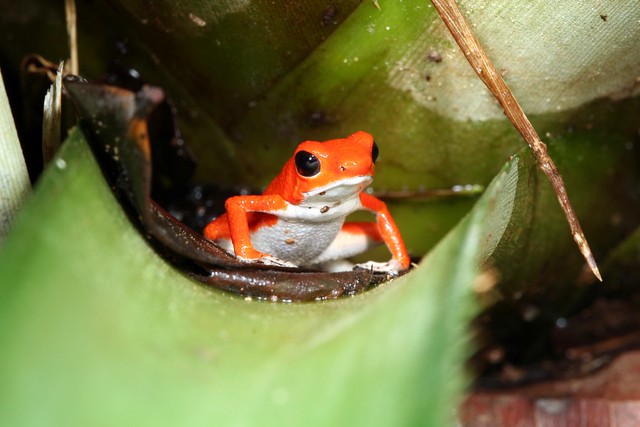


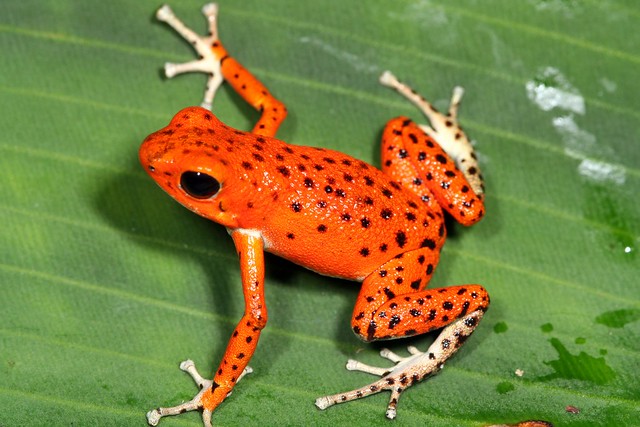
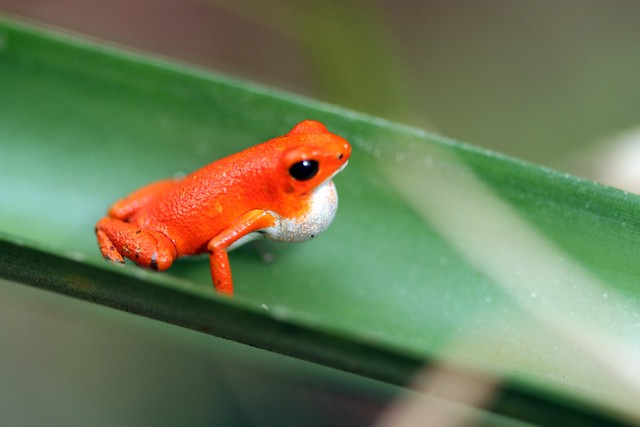
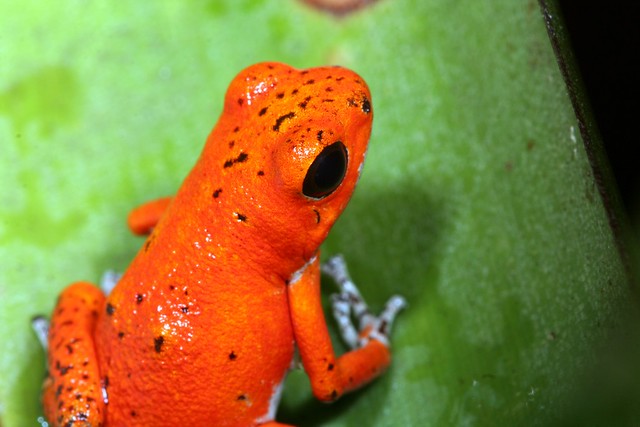

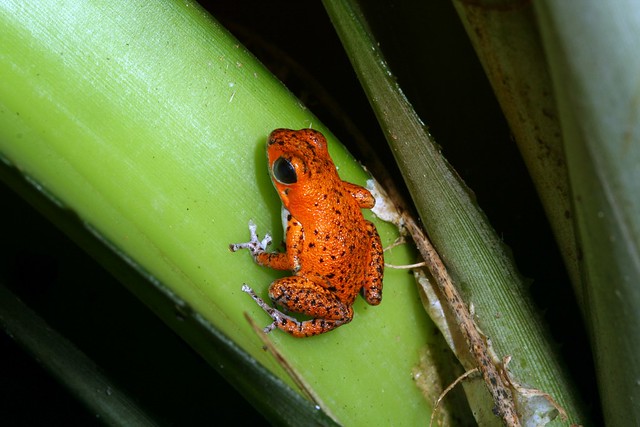
Look for another
Oophaga pumilio post in a couple of weeks.
Works Cited:
Richards-Zawacki, C. L., I. J. Wang and K. Summers. 2012. Mate choice and the genetic basis for color variation in a polymorphic dart frog: Inferences from a wild pedigree. Molecular Ecology, 21: 3879-3892.
Richards-Zawacki, C.L. and M. E. Cummings. 2011. Intraspecific reproductive character displacement in a polymorphic poison dart frog, Dendrobates pumilio. Evolution, 65: 259-267.
Santos, J. C., L. A. Coloma, K. Summers, J. P. Caldwell, R. Ree, and D. C. Cannatella. 2009. Amazonian amphibian diversity is primarily derived from late Miocene Andean lineages. PLoS Biol. 7:448–461.
